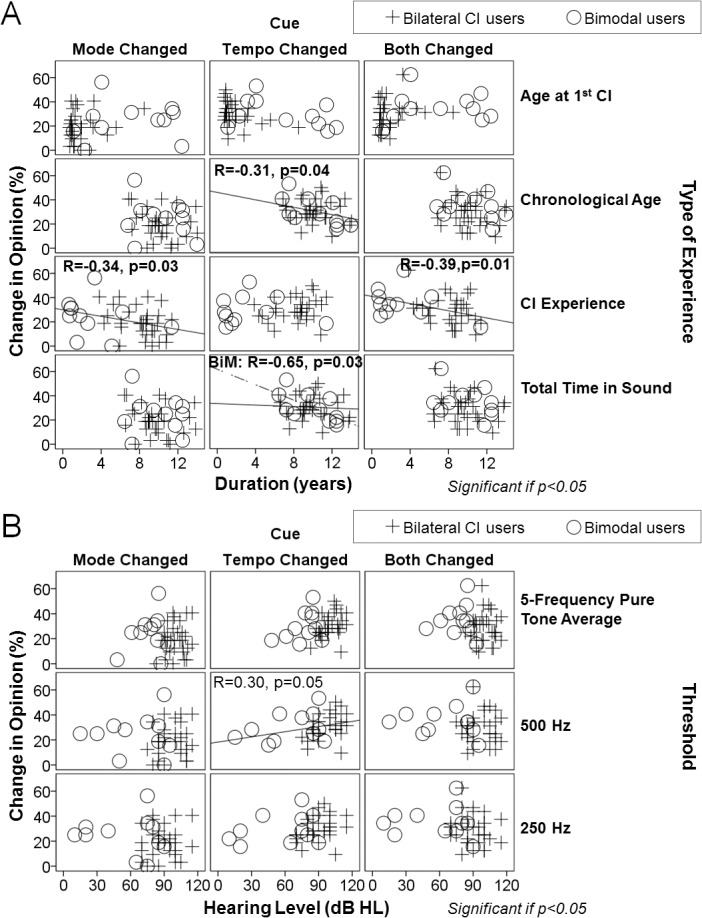Fig 5. Role of duration and type of hearing experience in CI patients' emotion identification skills.

(A) Percentage change in opinion when cues are changed across duration and type of hearing experience in bilateral CI users (plus signs) versus bimodal users (circles): hearing experience rather than absolute age seems to be the most important factor for developing emotion identification in music. Some of the main associations are as follows: length of hearing deprivation did not affect emotion identification skills; the longer children used CI(s), the less they were affected by changes in mode cues and the more they relied on tempo; children with greater acoustic sound experience (bimodal users) were less affected by tempo cues than the bilateral CI users; age at first implantation and age at test did not affect overall performance. (B) Percentage change in opinion when cues were changed across hearing level and pure tone thresholds in bilateral CI users (plus signed) versus bimodal users (circles): children with a greater degree of low frequency hearing loss and overall hearing loss were more affected by tempo cues (ie. relied more on tempo than on mode cues). Only associations that reach a trend level (p<0.1) or significance (p<0.05) are shown.
